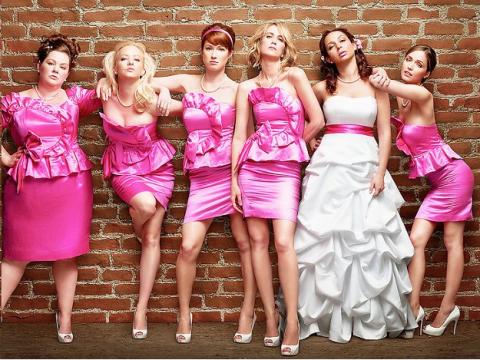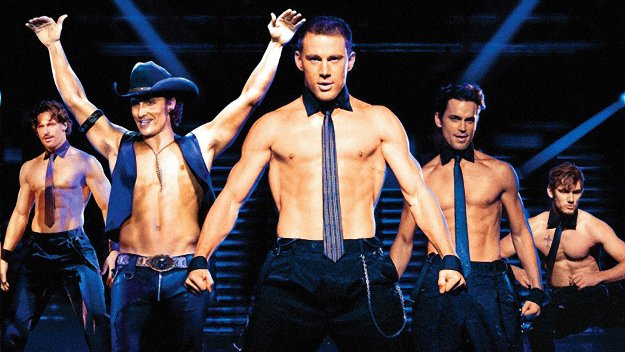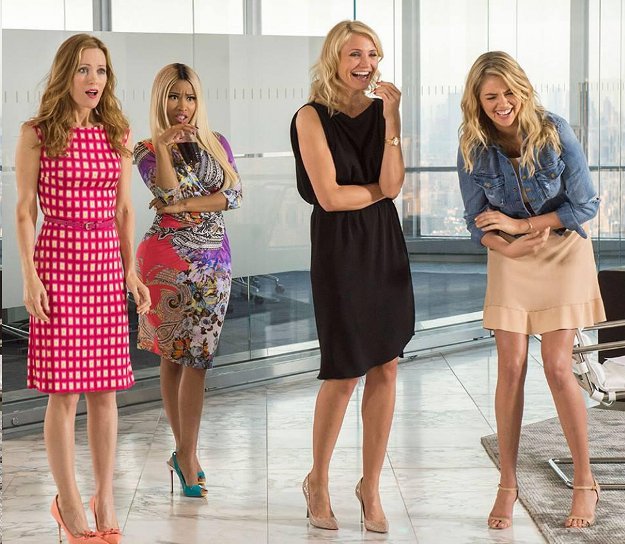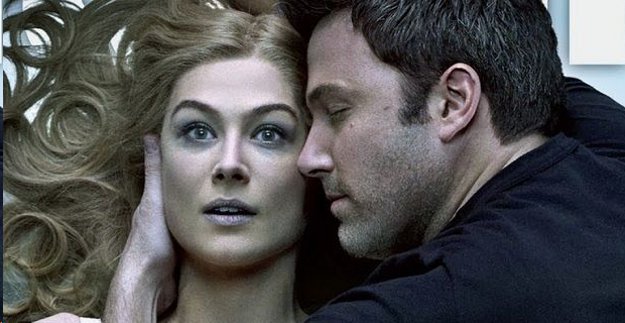The Female Takeover of Hollywood? Soon, But Not Yet

At the 2014 Tribeca Innovation Week, award-winning screenwriter Aaron Sorkin made a few provocative remarks about women in Hollywood. “I’ve been reading a lot about how a female-driven movie like, say, Bridesmaids is looked at as a fluke,” Sorkin said. “The success of that movie,” he went on, “is looked at as a fluke and therefore Hollywood doesn’t do it. That’s a premise that suggests that studio executives have piles of scripts as good as Bridesmaids on their desks. They don’t.”
Sorkin’s comments were stirring because they highlighted the prevalent problem of the lack of women working in Hollywood. But Sorkin’s observations, according to a few critics, failed to recognize the cyclical nature of the issue at large; namely, that the lack of women working in film is in turn preventing more female-centered films from being produced, whether a woman is starring in, directing, or producing such films, much to the chagrin of Sorkin’s audience members (one of whom questioned the Academy Award-winning writer if he was going to write a female protagonist for a feature film any time soon).
Interestingly enough, this matter seems to be in contradiction with the commercial data of film viewership and profiting. According to the Motion Picture Association of America’s annual report of moviegoer demographics, 52 percent of moviegoers were female. With women purchasing more than half the movie tickets, Hollywood has been under pressure to better represent women on the big screen. Melissa Silverstein questioned the matter. “So again, we ask,” she wrote, “if women are going to the movies more than men, why do only 15% of the films star women?” But for a movie executive, it may be that this very same singularity proves to be a problem that doesn’t need to be fixed. After all, if women are already buying more than half of all movie tickets, why should anything change?

The answer to that may lie with Sorkin’s incendiary comments. As was the case with Bridesmaids, women-centered films make, on average, more money than male-driven movies. In 2014, for example, the film The Other Woman, about three women who find out they are dating the same guy and form a bond amongst each other and a revenge plan against him, opened to an unexpected $24.7 million in weekend sales, taking the number-one spot on the box office to beat out juggernaut Captain America: The Winter Soldier. Instances like these, however, also help strengthen the precarious belief that women-driven film will only fare well if they reflect cardboard representations of women or if they are centered or are sidelined by a male figure. The Other Woman was panned by critics for underdeveloped characters and a tired plot, intensifying the myth of the “chick flick” as the only enticing experience for a female moviegoer. The data, however, shows that this is not true.
When the films Ted and Magic Mike opened simultaneously, they proved that even though the gender divide in moviegoers is alive and well, female audiences remain the buying power. Seth MacFarlane’s first feature film Ted became the number-one movie domestically with an opening weekend box office of $54.1 million. The film’s demographics were 56% male, more than half of whom were under the age of 35. This, indeed, is the coveted demographics for summer movie hits, that of young adult males. Magic Mike, a film that marketed assertively to female audiences, saw fairly expected results. An overwhelming 73% of moviegoers were women, hitting a modest but impressive $39.1 million on its opening weekend and taking second place on the box office. With both films opening to fairly positive reviews, what this data shows is that women are more likely to attend male-centric films, such as Ted, than guys are to see films catered to women, such as Magic Mike. With women being half the ticket buyers, male-driven films like MacFarlane’s Ted depend on female audiences for box-office success.
Even action thrillers such as 2014’s Non-Stop help strengthen this data. The filmed starred Liam Neeson, an Oscar-nominated movie star who has had six movies open at number one over the past six years (that’s more than Tom Cruise, Matt Damon, and Will Smith combined). Non-Stop debuted with an opening weekend of $30 million. Studio research shows that this stellar debut was due, in part, to the film’s cross-gender appeal and broad support across many demographics.
Indeed, 51% of Non-Stop viewers were female moviegoers. Intriguingly, Non-Stop dethroned the Lego Movie as the number-one film in America after the animated feature held the coveted spot for three consecutive weeks. The Lego Movie also features Liam Neeson as voice talent, and it grossed more than $20 million over each of its reigning weekends before Non-Stop knocked it over the number-one slot. It may be worth noting that even surefire hits such as The Hunger Games: Catching Fire and Frozen did not accomplish this feat (despite being the number-one and number three top-grossing films of 2013, respectively; with the latter being the highest-grossing Disney film of all time), both being female-driven movies. The film Gravity, an award show favorite with a woman as the protagonist, is the exception. Gravity, helmed by Mexican director Alfonso Cuarón and often described as being basically a one-woman show, went on to win seven Academy Awards.

Despite all this, female audience members and filmmakers continue to be disproportionally underrepresented. A study by FiveThirtyEight surveyed box office profits and their performance on the Bechdel test. The Bechdel test is a benchmark for gender equitability in films. It is based on a 1985 strip by cartoonist Alison Bechdel, who listed three criteria for a film to be considered equitable to females: a film must have at least two female characters, they must talk to each other, and the conversation they have must be about something else other than a man.
The study by FiveThirtyEight found that films that passed the Bechdel test were profitable in the United States and Canada, and grossed just as much box-office profits overseas as the movies that failed the Bechdel test. Meanwhile, a study by the Center for Study of Women in Television and Film found that of the 250 top-grossing films of 2013, only 16 percent of directors, executive producers, producers, writers, cinematographers, and editors were women. Meanwhile, in 2014 the workforce of women working in film dipped below the 1998 levels, with directors, writers, and executive producers hitting low percentages of employment.

But some Hollywood studios do seem to be taking notice. The films Gone Girl and Annabelle topped the box-office charts, premiering with $38 million and $37.2 million respectively. The 2014 films are among the strongest debuts in history in the usually slow-paced month of October. Gone Girl features a complex female central lead played by Rosamund Pike to critical acclaim; while Annabelle is a horror thriller, which is a genre that has historically catered to and is usually helmed by men, another misconception that data has proven wrong: In that same year, 53% of female moviegoers for The Conjuring made up its opening weekend, with 56% female viewers making up the audience for The Purge, and an equal number of female-to-male ratio moviegoers purchasing tickets to the horror thrillers As Above So Below and the year’s latest installment of Paranormal Activity: The Marked Ones.
Meanwhile, blockbuster hits what would usually be targeted to young adult males are taking aggressive marketing campaigns to cater to women. Star Wars: The Force Awakens, which has shattered records domestically and internationally, ran trailers and televisions spots during female-oriented programming, such as Keeping Up with the Kardashians and Jane the Virgin; both television shows rank high among female viewers. Sony is expecting an assured return on investment with the remaking of the Ghostbusters film featuring female leads. The movie is directed by Paul Fieg, who is known for other female-fronted comedies, such as Bridesmaids and The Heat, and it stars, among others, Melissa McCarthy, an award-nominated actress and the lead of the box-office hit Spy (McCarthy is currently nominated for a Golden Globe in the Best Actress category for this film).
Hollywood is an industry rooted in capital gain. While the data demonstrate that films centered on strong female characters are, on a budget driven scale, big earners in the box office, movie studios are taking a slow approach in catering to the female experience for moviegoers and filmmakers alike. We can hope that very soon the industry will overcome the mythos and prejudices against films by and about women to fully immerse and entice its biggest purchasing audience: the female viewer.
Author Bio:
Angelo Franco is Highbrow Magazine’s chief features writer.































































































































































































































































































































